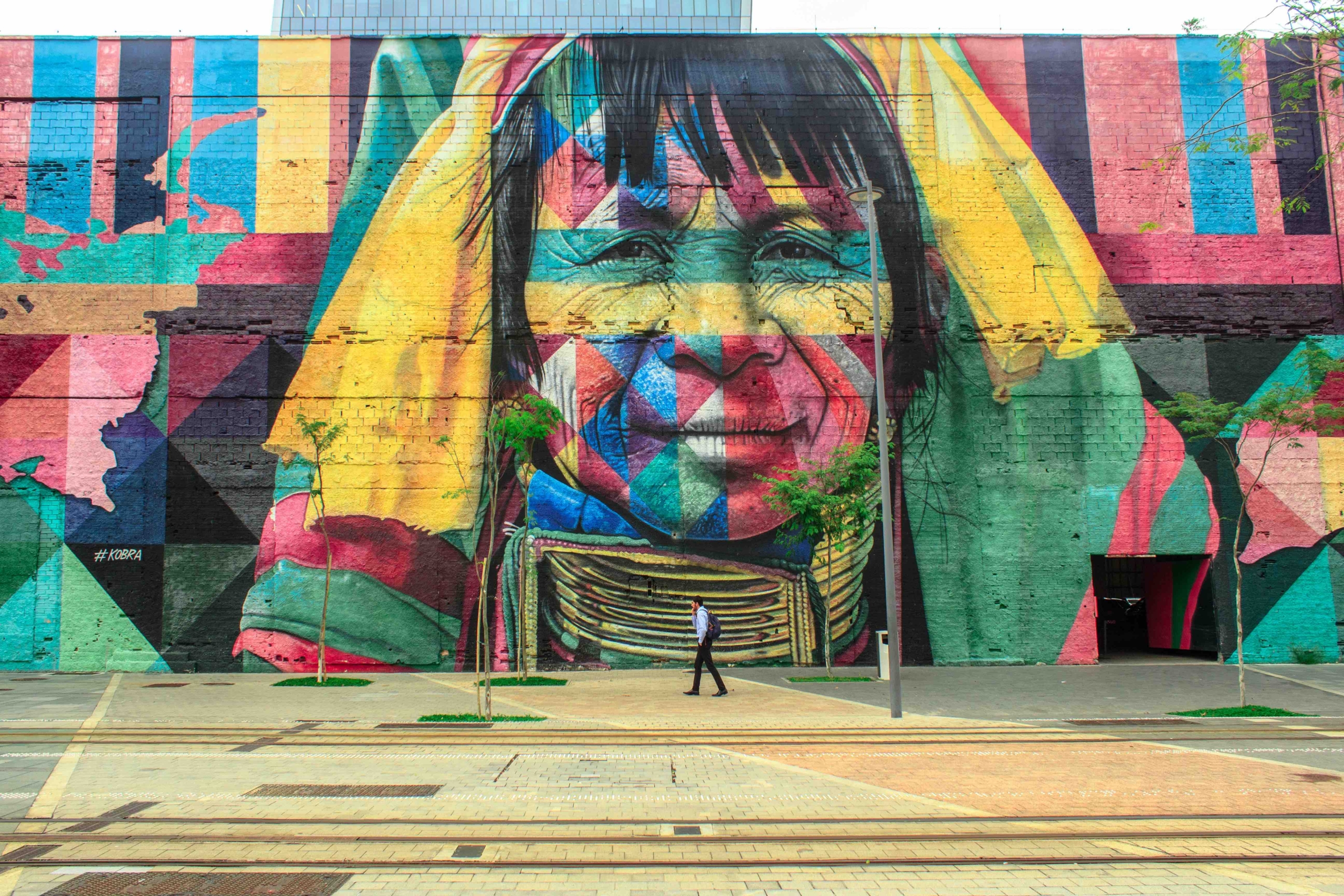The Significance of Cultural and Social Factors in Experience Design

Written by: Patrick Kesler

In an increasingly interconnected world, experience design has evolved from a mere aesthetic endeavor to a complex discipline that demands a deep understanding of cultural and social factors. As businesses and organizations strive to create products, services, and environments that resonate with diverse audiences, recognizing these influences has become essential for the success of any design project. Cultural and social factors play a pivotal role in shaping user perceptions, behaviors, and emotions, ultimately determining the success or failure of an experience. At Urban Emu, we find it essential to consider these factors in experience design.
Defining Cultural and Social Factors
Cultural factors encompass a range of dimensions, including beliefs, values, norms, customs, languages, and traditions shared by a particular group of people. These elements shape the way individuals perceive the world and interact with it. Conversely, social factors pertain to the relationships and interactions individuals have within their communities and the societal structures that influence their lives. Both cultural and social factors are dynamic and can differ significantly from one context to another, making them crucial considerations in experience design.
Enhancing User-Centric Design
At the heart of experience design is creating products and services that cater to users’ needs and desires. With a keen understanding of cultural and social factors, designers can avoid creating experiences that are irrelevant or even offensive to certain user groups. By embracing these factors, designers can develop a user-centric approach that ensures the product or service resonates with its intended audience. For instance, an e-commerce platform catering to a global audience must account for varying cultural attitudes toward colors, symbols, and user interface layouts.
Cross-Cultural Communication and Engagement
In a world where global markets are accessible at the click of a button, businesses must adapt their design strategies to accommodate different cultural and social contexts. Considerations such as language, symbolism, and imagery become paramount. A logo that carries positive connotations in one culture might be interpreted differently in another. Therefore, understanding cultural nuances is essential for effective cross-cultural communication and engagement.
Fostering Inclusivity and Accessibility
Diversity and inclusivity have rightly taken center stage in recent years. Design that ignores cultural and social factors risks alienating certain demographic groups, perpetuating biases, and reinforcing stereotypes. Experience design must actively seek to create inclusive environments that respect all users’ backgrounds and identities. This involves avoiding offensive content and proactively incorporating elements that resonate with various cultural and social groups. An inclusive design approach ensures that the final product is accessible and usable by a broader range of individuals.
Cultural Sensitivity and Ethical Responsibility
Cultural appropriation and insensitivity can lead to significant backlash from businesses and organizations. Experience designers are responsible for navigating these potential pitfalls by understanding the context and history behind cultural elements they might incorporate into their designs. By doing so, they can create experiences that honor and celebrate cultures without offending.
Designing for Behavior and Emotion
Cultural and social factors are deeply intertwined with human behavior and emotion. A design that triggers positive emotions and resonates with users’ values is more likely to be successful. For instance, a restaurant that caters to a specific cultural palate offers a menu and an emotional connection to familiar flavors and experiences. Likewise, understanding the social dynamics of a target audience can influence how an online community platform is structured to encourage meaningful interactions.
Driving Innovation and Creativity
Cultural and social factors can serve as wellsprings of innovation and creativity. Designers who draw inspiration from diverse cultures and social contexts open themselves up to new perspectives and ideas. This infusion of fresh insights can lead to groundbreaking designs that break away from the norm and resonate with audiences on a deeper level.
In Summary
In a rapidly changing world where global connectivity and diversity are increasingly prevalent, experience designers must recognize cultural and social factors. These influences profoundly impact how individuals perceive, interact with, and respond to design elements. By embracing these factors, designers can create experiences that are not only visually appealing but also emotionally resonant, inclusive, and respectful of the diverse audiences they serve. In essence, the importance of cultural and social factors in experience design lies in their ability to bridge the gap between innovation and meaningful human connection.
Contact Us
Urban Emu is an experience agency proudly driven by a singular mission: to transform the way humans live. We achieve this through a powerful fusion of design, technology, and communications, creating unparalleled online and offline experiences.
We love to hear about ideas big or small. Please don’t hesitate to get in touch with us regarding your project.
Email: hello@urbanemu.com












